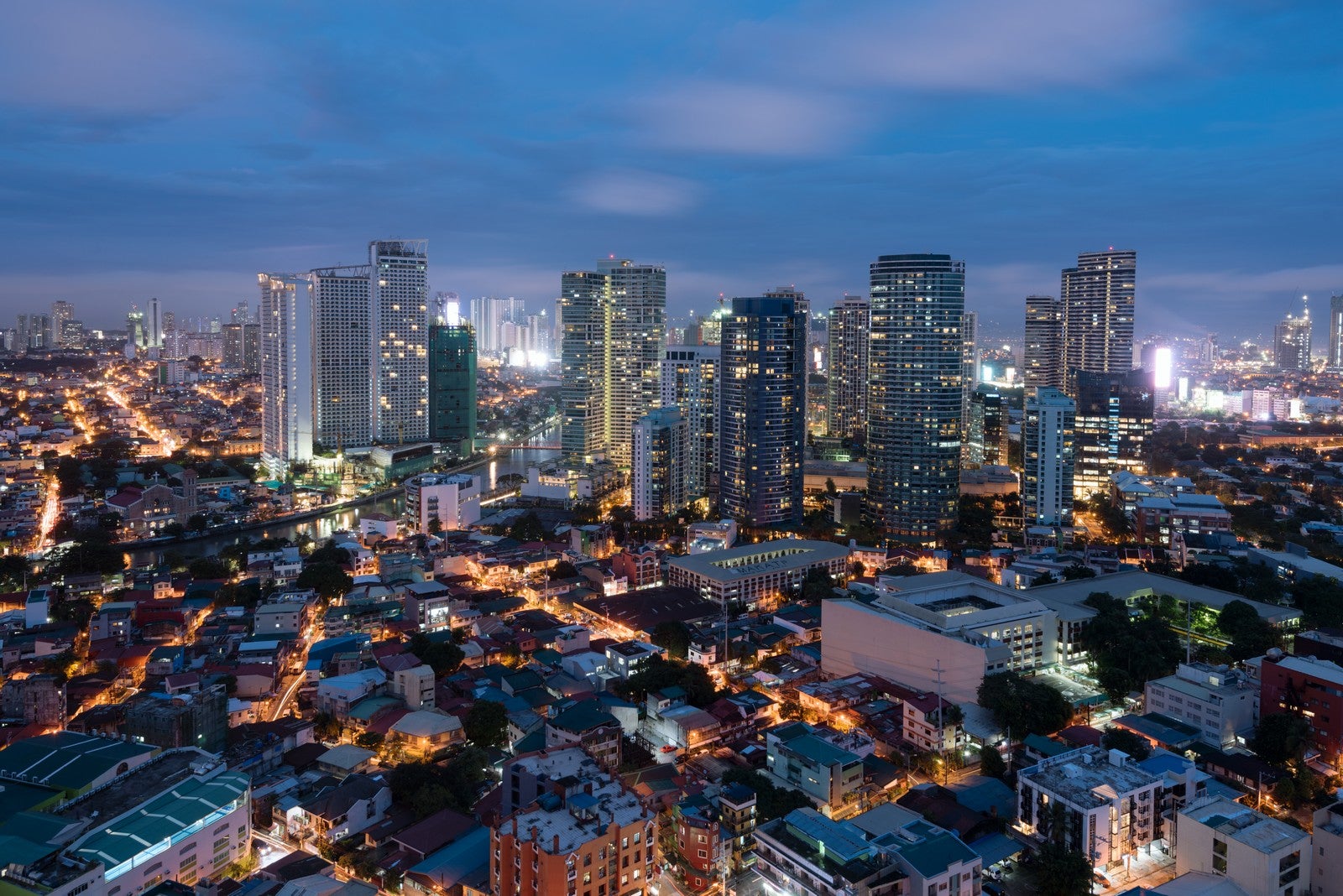
Beyond its endless paddies, Nueva Ecija offers breathtaking landscapes and off-the-beaten-path adventures. Minalungao National Park is the province’s crown jewel, where limestone cliffs frame the emerald waters of the Peñaranda River — perfect for hiking, bamboo rafting, or cliff diving. Nearby, the rolling hills of Gabaldon and the mountain trails of Pantabangan appeal to eco-tourists and nature lovers.
History buffs will enjoy exploring Gapan, one of the oldest towns in the Philippines, known for its Spanish-era ancestral homes and the majestic National Shrine of La Virgen Divina Pastora. A visit to the Nueva Ecija Provincial Capitol in Palayan City and the General Luna monument adds deeper insight into the region’s role in Philippine revolutionary history.
With its welcoming communities, scenic countryside, and eco-adventures, this underrated province invites travelers to reconnect with nature and local heritage in one unforgettable journey.









